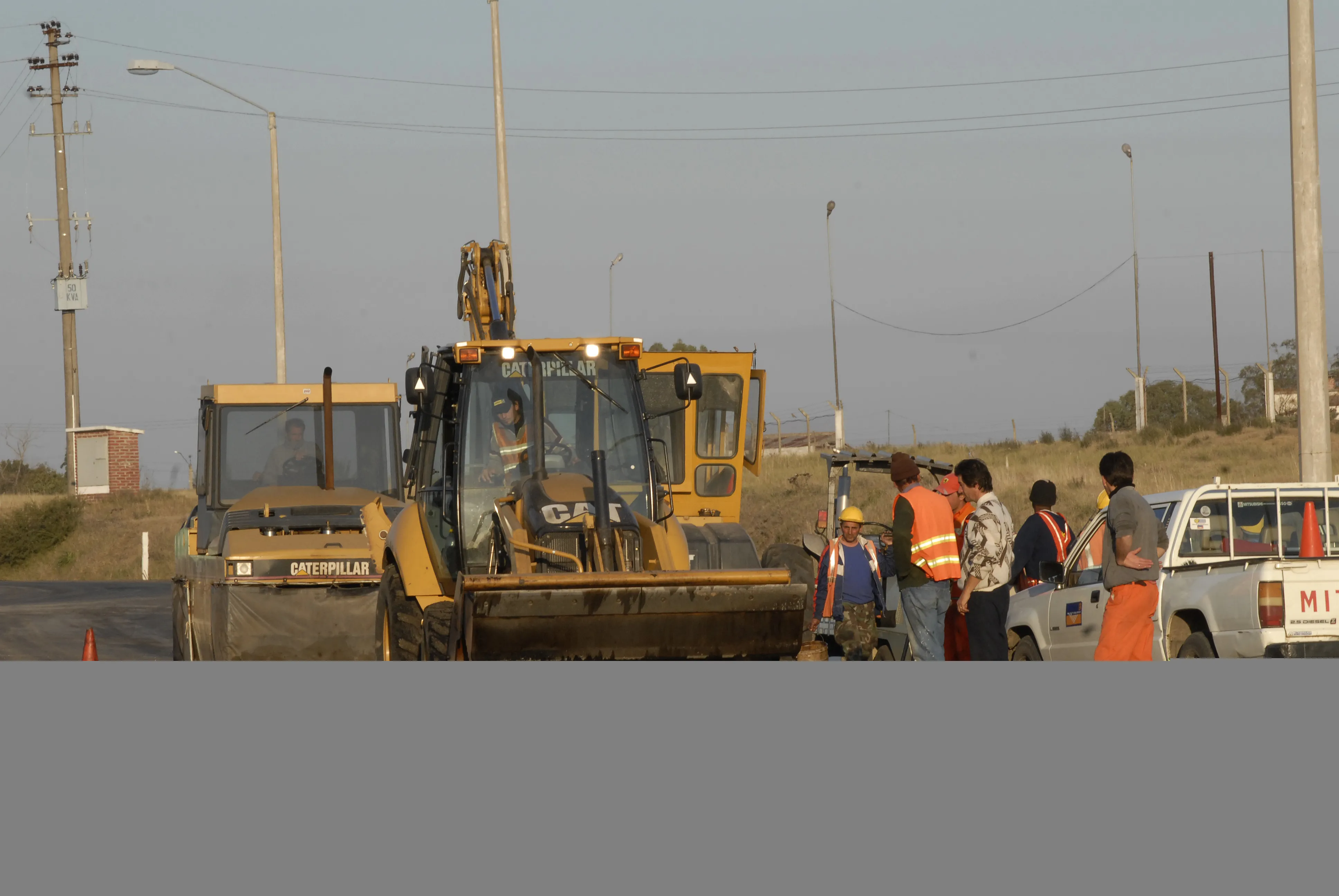Parsons Brinckerhoff has been appointed the programme management consultant
to Ashghal, the public works authority of Qatar. It will work on a QAR 30 billion
(US$8 billion) programme focusing on the construction and upgrade of local road and
drainage projects throughout the country over a five-year period.
May 11, 2012
Read time: 2 mins
It will work on a QAR 30 billion (US$8 billion) programme focusing on the construction and upgrade of local road and drainage projects throughout the country over a five-year period.
The award was announced by Minister of Municipality and Urban Planning Sheikh Abdulrahman Bin Khalifa Al-Thani.
Parsons Brinckerhoff will have overall responsibility for management and coordination of all interfaces with Ashghal and its stakeholders, the management and coordination of the Ashghal supply chain, and the development of a logistic and supply strategy with Ashghal and the various construction contractors appointed to deliver the physical infrastructure.
It will also oversee general engineering consultants for each of five geographic zones comprising Qatar.
Ashghal’s president, Nasser Al Mawlawi, said the programme will offer the citizens of Qatar the best infrastructure the world has to offer in a timely and organised manner.
“Over the last year, we have enhanced Ashghal’s capabilities and changed our procurement and outsourcing strategy to focus on quality, certainty of delivery, and performance management.”
George J. Pierson, president and CEO of Parsons Brinckerhoff, said: “We are honoured to partner with Ashghal in delivering a program of infrastructure improvements that will help Qatar achieve its national vision. We look forward to committing the full resources of Parsons Brinckerhoff to achieve Ashghal’s goals for quality, efficiency and timeliness in the delivery of road and drainage infrastructure.”







